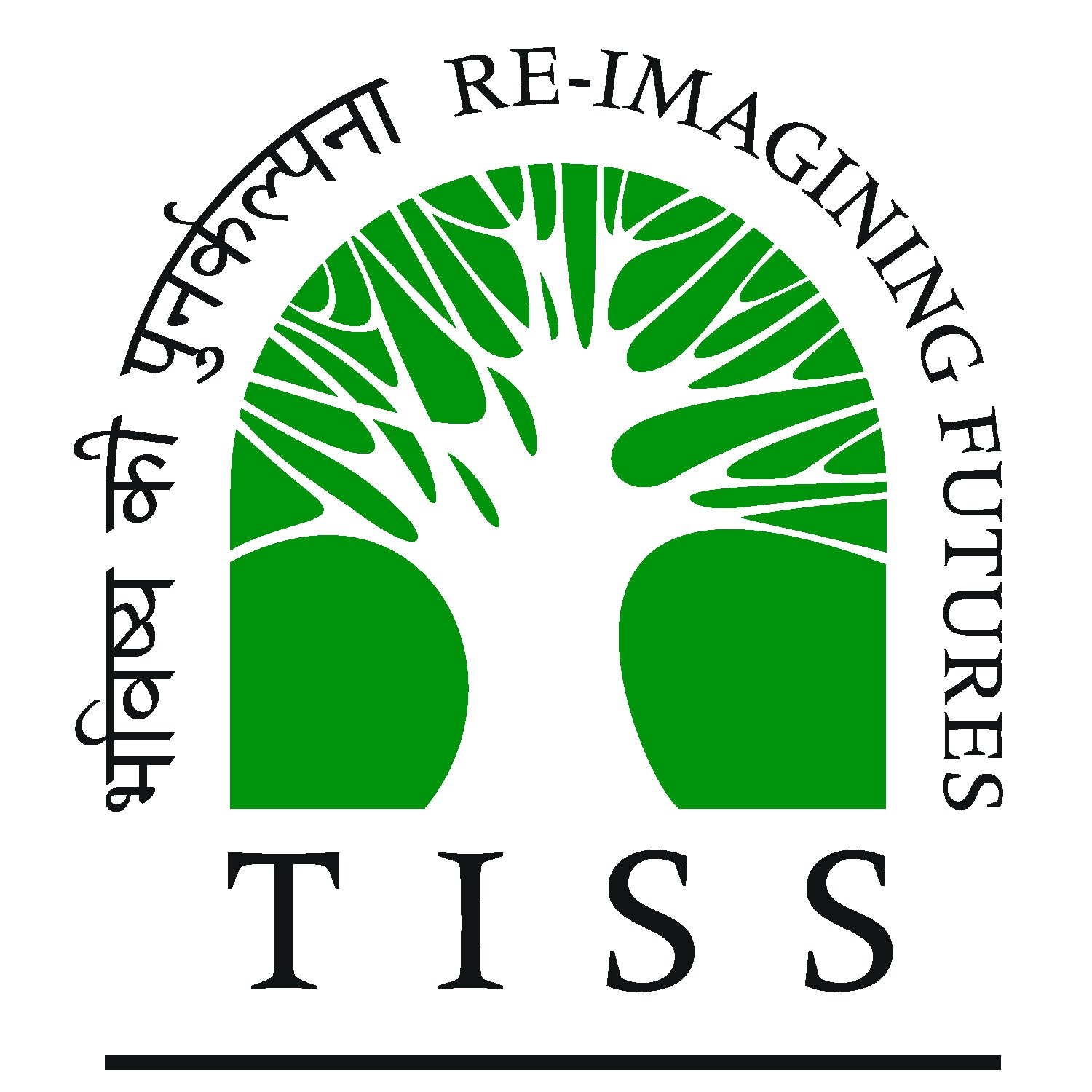Directors
K. P. Jayasankar
Anjali Monteiro
Duration: 49 mins
Language: Marathi
Subtitles: English
Awards
Second Prize, New Delhi Video Forum, 2001.
Festival Selection
Kalaghoda Film Festival, Mumbai, 2001
People’s Film Fest, Bangalore, 2001
Film South Asia (FSA), Kathmandu, 2001
Travelling FSA 2001
Chingari, Wisconsin-Madison, 2001
Nottam, Kerala, 2001
Lahore Moving Images, 2002
Social Communication Cinema Festival, Calcutta, 2002
Mumbai International Film Festival, 2002
Festival of Visual Culture 2006, Joensuu, Finland
Tate Modern, London, 2013
India International Centre, 2018
Saacha (The Loom)
Kochi-Muziris Biennale 2018 features an installation based on the film Saacha – The Loom. Dec 12, 2018 to March 29
The fabric of the city emerged from the warp and weft of diverse threads, from the labour of migrant communities that made Bombay/Mumbai their own. The cotton mills and the proletariat that worked in them were central to the creation of the city. Through the poetry of Narayan Surve, the paintings of Sudhir Patwardhan, the music of the Shahir Amar Shaikh Cultural Troupe and the filmmakers’ images of a precarious yet resilient space, Saacha chronicles the changing life and times of a city that was once the hub of the working class movement in India. Weaving together poetry and paintings with memories of the city, the film explores the politics of representation, the relevance of art in the contemporary social milieu, the dilemmas of the left and the trade union movement and the changing face of a huge metropolis. Saacha, filmed in 2000, when the cotton textile industry was in the final stages of its decline, brings to bear an intimate and perceptive gaze on the lifeword of the mills and their workers, which has since been totally erased from the history and geography of the city.
(Read more about Saacha in Rutherford, Anne, Buddhas Made of Ice and Butter , in What Makes a Film Tick, Peter Lang, 2011).
An adaptation of Saacha was an installation at the art exhibition ‘Project Space: Word. Sound. Power.’ at the Tate Modern, London, in 2013; and at Khoj, New Delhi in 2014.
About the Protagonists of the film
Narayan Surve, one of the most significant Marathi poets, was born in 1926. Found abandoned as a baby on the streets of Mumbai, he was raised by a mill worker. He worked as a child labourer in the textile mills, and did several other jobs in the informal sector, finally becoming a school teacher. He was a Marxist and was active in the trade union movement in Mumbai. His oeuvre includes Aisa Ga Mi Brahma (1962) Majhe Vidyapeeth (1966),Jahirnama (1978), among others. He received several awards and recognitions for his work, including the Padma Shri in 1988. He passed away in 2010.
“Sudhir Patwardhan is a painter of urban life. His images unfold the city he knows so well— Mumbai. His Mumbai is urbs, with its surrounding factories, industrial chimneys, tenements; its back breaking toil, grime, sweat, pain, grit, accidents, crowds and stench. It is life at its rawest. Yet in his paintings its inhabitants retain their character, vitality and dignity. He is passionately concerned with this life and is not just its chronicler. He is its poet as well, who lets the spontaneous experience sink in, to recall it in the tranquility of his studio.” Mehra, Gita, in Ranjit Hoskote, Sudhir Patwardhan The Complicit Observer, Sakshi Art Gallery, 2003
Saacha (The Loom) is also part of Giran Mumbai http://millmumbai.tiss.edu, a webarchive of audio-visual and text resources pertaining to the mill lands of Mumbai, its people and their struggles. The growth of Mumbai has been inextricably linked with the textile mills. In 1854, the first textile mill opened in Bombay. By the 1930s, two-thirds of Bombay’s work force were mill workers, transforming the city into a key industrial hub. A rich social, political and cultural life developed in neighbourhoods across Central Bombay. The great textile strike in 1982 marked the process of mill closure, as mill owners used this to shut down the industry and shift to more profitable ventures. Over 150,000 workers and many others dependent on them lost their livelihoods and the mill lands were redeveloped primarily into malls, gated housing and corporate spaces. More than 3 decades after the closure of the mills, ‘GiranMumbai’ is an attempt to serve as a repository of material that not only details the various contestations around the mill lands of Mumbai, but also explores how people have coped with these traumatic changes, and how the cultural spaces of Mill Mumbai have transformed and continue to survive.

